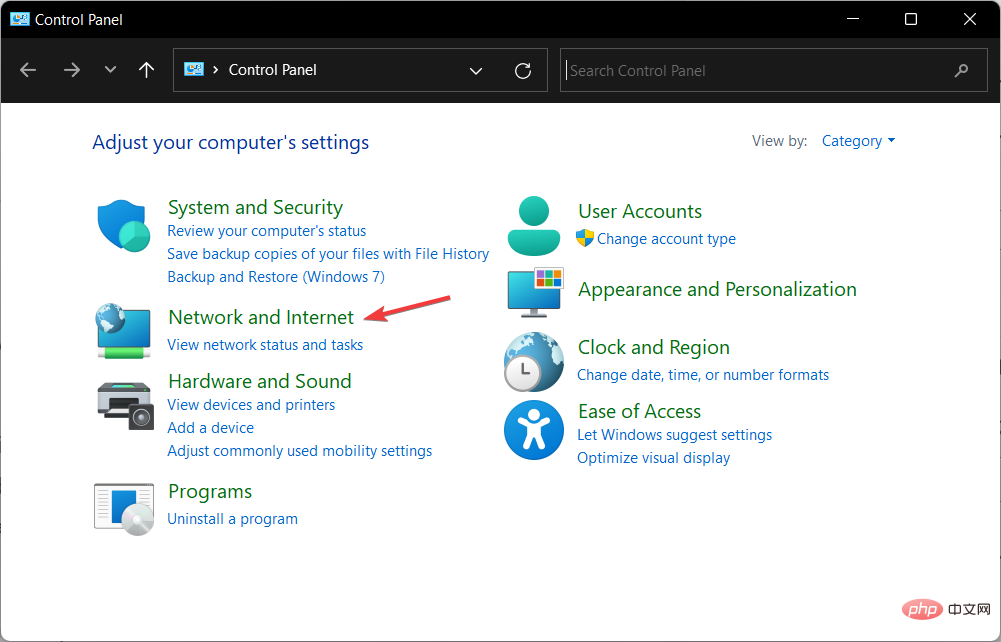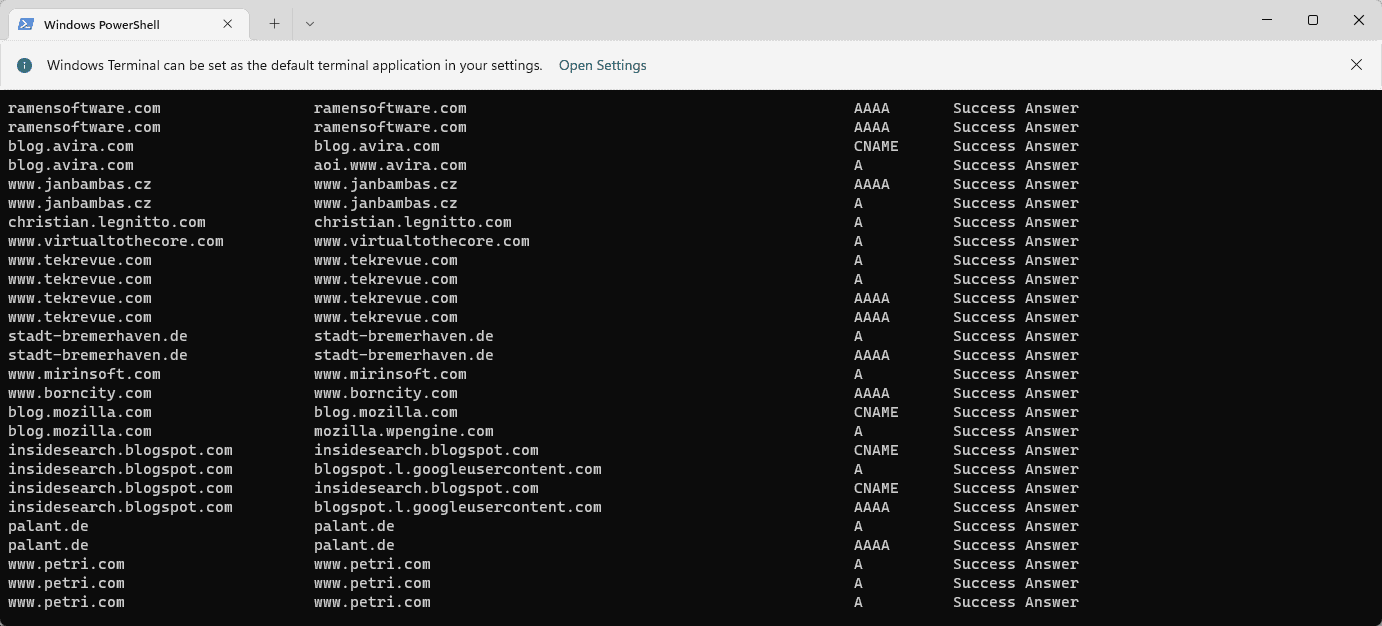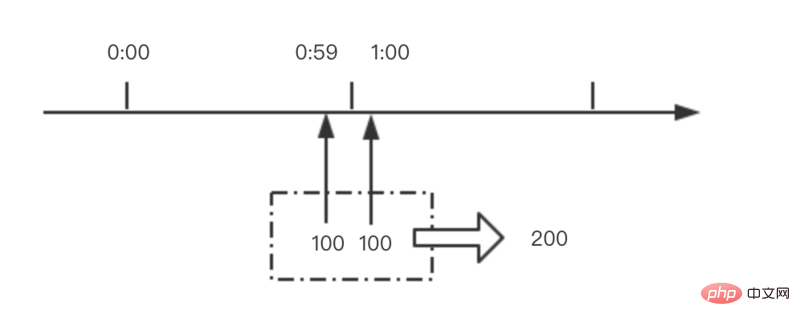 Operation and Maintenance
Operation and Maintenance Nginx
Nginx Analyze Nginx virtual host configuration and domain name resolution implementation details
Analyze Nginx virtual host configuration and domain name resolution implementation detailsAnalysis of Nginx's virtual host configuration and domain name resolution implementation details
Nginx is a high-performance web server and reverse proxy server that is widely used in the Internet field. Virtual host configuration and domain name resolution are one of the important functions of Nginx. This article will analyze the implementation details of Nginx's virtual host configuration and domain name resolution in detail, and give code examples.
1. Virtual host configuration
Virtual host refers to the ability to host multiple domain names on a physical server at the same time. Nginx achieves this function by configuring different virtual hosts.
- Open the Nginx configuration file nginx.conf, which is usually located in the /etc/nginx directory.
- Add the following code in the http block:
http {
server {
listen 80;
server_name example.com;
root /var/www/example.com;
index index.html;
}
server {
listen 80;
server_name example2.com;
root /var/www/example2.com;
index index.html;
}
}The above configuration defines two virtual hosts, corresponding to the two domain names example.com and example2.com respectively. The configuration block of each virtual host contains the listening port, server name, root directory and default index file.
- Save and exit the nginx.conf file.
- Reload the Nginx configuration to make it effective: sudo nginx -s reload.
Through the above configuration, Nginx will forward the request to the corresponding virtual host for processing according to the requested domain name.
2. Domain name resolution implementation details
- Edit the /etc/hosts file and point the two domain names example.com and example2.com to the server IP address, for example:
127.0.0.1 example.com 127.0.0.1 example2.com
In this way, when testing locally, you can directly access the domain name without domain name resolution.
- Set up domain name resolution at the domain name registrar and point the domain name to the server IP address.
- Perform domain name resolution through the DNS server, and resolve the domain name visited by the user into the IP address of the server.
In the above two cases, when a user accesses example.com or example2.com, the domain name will be mapped to the server IP address through domain name resolution, so that Nginx can correctly find the corresponding virtual host. Request processing.
Code example:
In the Nginx virtual host configuration, you can also add some other configuration parameters to achieve more flexible functions.
For example, you can use the rewrite directive to implement URL rewriting and redirect requests to other pages. The following code example redirects requests to example.com/oldpage to example.com/newpage.
http {
server {
listen 80;
server_name example.com;
root /var/www/example.com;
index index.html;
location /oldpage {
rewrite ^/oldpage /newpage;
}
}
}In the above code, the location /oldpage configuration will match URLs starting with /oldpage and use the rewrite directive to redirect them to /newpage.
Summary:
This article introduces in detail how Nginx implements hosting and request forwarding of multiple domain names by analyzing the virtual host configuration and domain name resolution implementation details of Nginx. By learning Nginx's virtual host configuration and domain name resolution, you can better understand and apply Nginx and improve the performance and flexibility of the server.
The above is the detailed content of Analyze Nginx virtual host configuration and domain name resolution implementation details. For more information, please follow other related articles on the PHP Chinese website!
 内存飙升!记一次nginx拦截爬虫Mar 30, 2023 pm 04:35 PM
内存飙升!记一次nginx拦截爬虫Mar 30, 2023 pm 04:35 PM本篇文章给大家带来了关于nginx的相关知识,其中主要介绍了nginx拦截爬虫相关的,感兴趣的朋友下面一起来看一下吧,希望对大家有帮助。
 请求的控件无效 NET HELPMSG 2191:2 个简单修复Apr 15, 2023 am 09:13 AM
请求的控件无效 NET HELPMSG 2191:2 个简单修复Apr 15, 2023 am 09:13 AM在TCP/IP协议套件中,域名系统是提供计算机名称到IP地址映射名称解析服务的协议之一。但是,有时它会出现故障,从而导致错误,例如请求的控制对此服务NETHELPMSG2191无效。DNS客户端和服务器协同工作,为计算机和用户提供计算机名称到IP地址映射名称解析服务。安装Windows后,客户端和服务器版本的操作系统默认启用客户端服务。一旦您在TCP/IP网络配置中指定了服务器的IP地址,DNS客户端就会查询服务器以发现域控制器并将计算机名称解析为IP地址。只有在服务
 如何在 Windows 11上显示所有缓存的 DNS 条目May 21, 2023 pm 01:01 PM
如何在 Windows 11上显示所有缓存的 DNS 条目May 21, 2023 pm 01:01 PMWindows操作系统使用缓存来存储DNS条目。DNS(域名系统)是用于通信的互联网核心技术。特别是用于查找域名的IP地址。当用户在浏览器中键入域名时,加载站点时执行的首要任务之一是查找其IP地址。该过程需要访问DNS服务器。通常,互联网服务提供商的DNS服务器会自动使用,但管理员可能会切换到其他DNS服务器,因为这些服务器可能更快或提供更好的隐私。如果DNS用于阻止对某些站点的访问,则切换DNS提供商也可能有助于绕过Internet审查。Windows使用DNS解
 nginx限流模块源码分析May 11, 2023 pm 06:16 PM
nginx限流模块源码分析May 11, 2023 pm 06:16 PM高并发系统有三把利器:缓存、降级和限流;限流的目的是通过对并发访问/请求进行限速来保护系统,一旦达到限制速率则可以拒绝服务(定向到错误页)、排队等待(秒杀)、降级(返回兜底数据或默认数据);高并发系统常见的限流有:限制总并发数(数据库连接池)、限制瞬时并发数(如nginx的limit_conn模块,用来限制瞬时并发连接数)、限制时间窗口内的平均速率(nginx的limit_req模块,用来限制每秒的平均速率);另外还可以根据网络连接数、网络流量、cpu或内存负载等来限流。1.限流算法最简单粗暴的
 nginx+rsync+inotify怎么配置实现负载均衡May 11, 2023 pm 03:37 PM
nginx+rsync+inotify怎么配置实现负载均衡May 11, 2023 pm 03:37 PM实验环境前端nginx:ip192.168.6.242,对后端的wordpress网站做反向代理实现复杂均衡后端nginx:ip192.168.6.36,192.168.6.205都部署wordpress,并使用相同的数据库1、在后端的两个wordpress上配置rsync+inotify,两服务器都开启rsync服务,并且通过inotify分别向对方同步数据下面配置192.168.6.205这台服务器vim/etc/rsyncd.confuid=nginxgid=nginxport=873ho
 nginx php403错误怎么解决Nov 23, 2022 am 09:59 AM
nginx php403错误怎么解决Nov 23, 2022 am 09:59 AMnginx php403错误的解决办法:1、修改文件权限或开启selinux;2、修改php-fpm.conf,加入需要的文件扩展名;3、修改php.ini内容为“cgi.fix_pathinfo = 0”;4、重启php-fpm即可。
 如何解决跨域?常见解决方案浅析Apr 25, 2023 pm 07:57 PM
如何解决跨域?常见解决方案浅析Apr 25, 2023 pm 07:57 PM跨域是开发中经常会遇到的一个场景,也是面试中经常会讨论的一个问题。掌握常见的跨域解决方案及其背后的原理,不仅可以提高我们的开发效率,还能在面试中表现的更加
 nginx怎么禁止访问phpNov 22, 2022 am 09:52 AM
nginx怎么禁止访问phpNov 22, 2022 am 09:52 AMnginx禁止访问php的方法:1、配置nginx,禁止解析指定目录下的指定程序;2、将“location ~^/images/.*\.(php|php5|sh|pl|py)${deny all...}”语句放置在server标签内即可。


Hot AI Tools

Undresser.AI Undress
AI-powered app for creating realistic nude photos

AI Clothes Remover
Online AI tool for removing clothes from photos.

Undress AI Tool
Undress images for free

Clothoff.io
AI clothes remover

AI Hentai Generator
Generate AI Hentai for free.

Hot Article

Hot Tools

SublimeText3 Mac version
God-level code editing software (SublimeText3)

SublimeText3 Linux new version
SublimeText3 Linux latest version

SecLists
SecLists is the ultimate security tester's companion. It is a collection of various types of lists that are frequently used during security assessments, all in one place. SecLists helps make security testing more efficient and productive by conveniently providing all the lists a security tester might need. List types include usernames, passwords, URLs, fuzzing payloads, sensitive data patterns, web shells, and more. The tester can simply pull this repository onto a new test machine and he will have access to every type of list he needs.

WebStorm Mac version
Useful JavaScript development tools

SublimeText3 English version
Recommended: Win version, supports code prompts!





